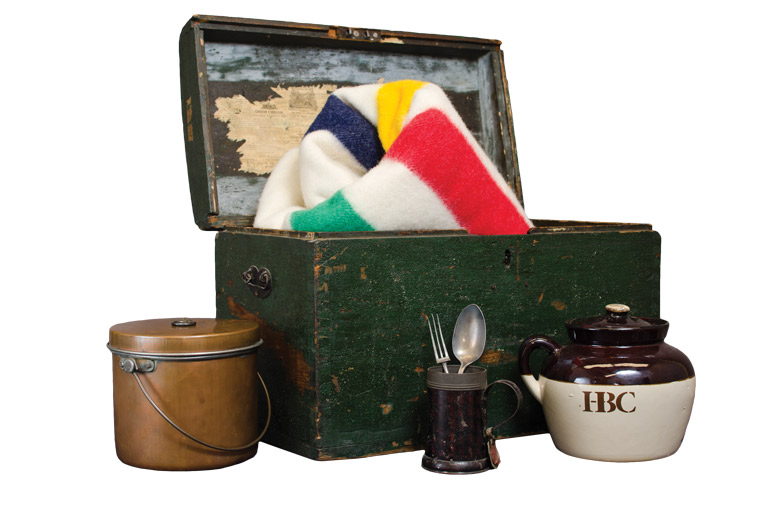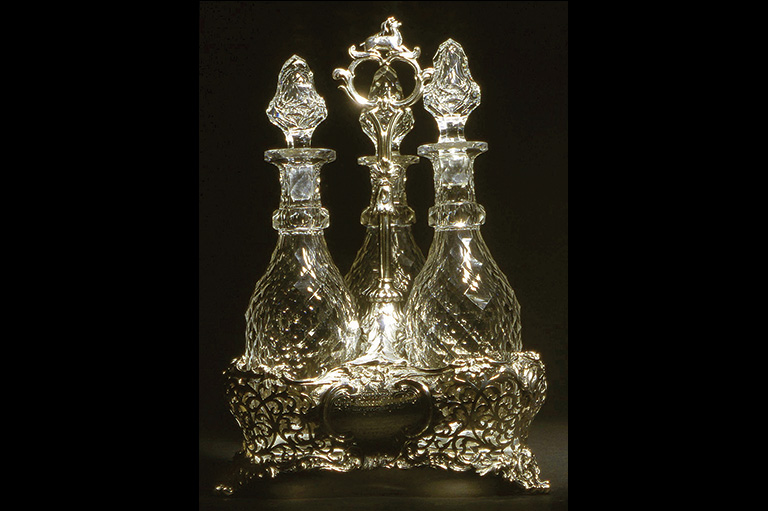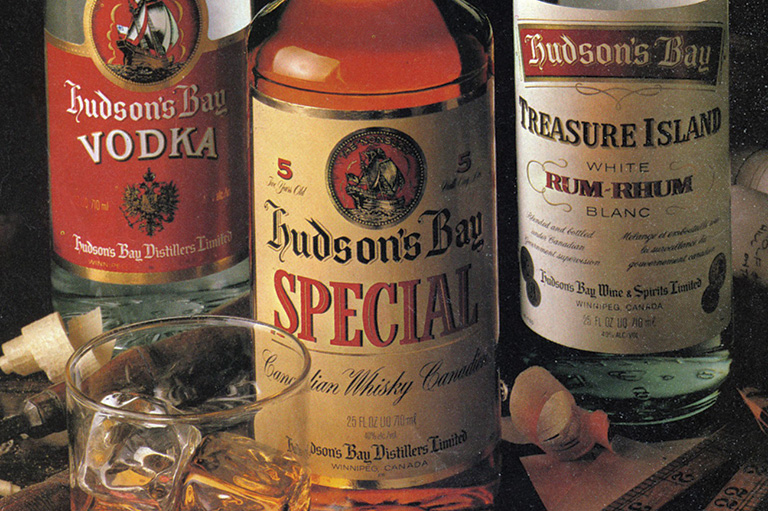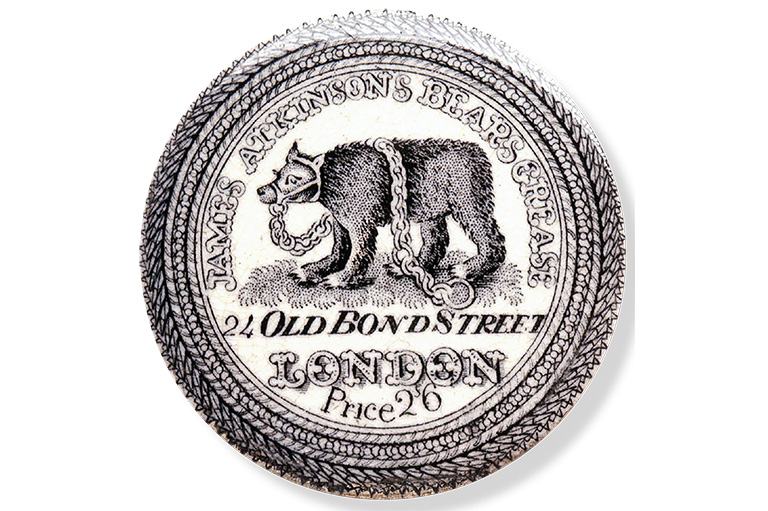Frances Simpson’s Engraved Seal

This nineteenth-century engraved seal was used to secure the contents of a letter as well as to identify the sender. Seals were used for centuries prior to the invention of letter glue.
Typically, letters were hand-folded and sealed with hot wax. Using a lit candle, the letter sender poured melted wax at the open edge of the fold and then stamped it with the seal. The resin and other materials in the wax create a hard, glossy seal, enabling impressions made in the soft wax to retain their shape after the hot wax cooled.
This particular seal, which belonged to Frances Simpson (wife of Hudson’s Bay Company Governor Sir George Simpson), has a face made possibly out of sard — a reddish-brown translucent variety of chalcedony, which is a type of quartz. Engraved with Simpson’s first name, the seal has a handle decorated with a thin layer of gold and is adorned with a blue ribbon.
The Simpsons, who were first cousins, married in 1830. Frances was twenty-six years younger than her husband and bore him five children, four of whom survived infancy.
Themes associated with this article
Advertisement








